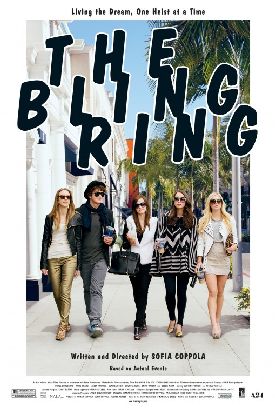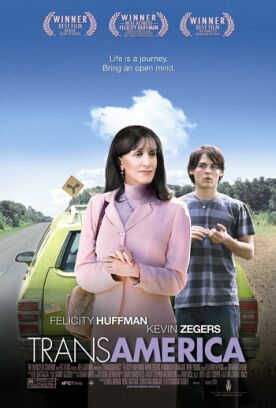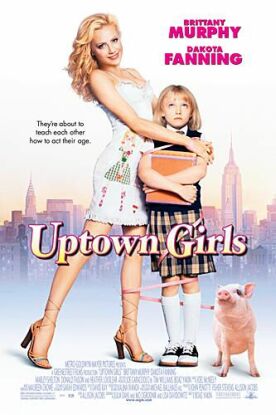George of the Jungle
George of the Jungle, directed by Sam Weisman and written by Dana
Olsen and Audrey Wells is Disney’s
concession to children who found Hercules too sophisticated. I would have
guessed that anyone over the age of nine who so much as cracks a smile at all
this strenuous but vain effort to be funny must be mentally retarded, but for
the fact that a number of my fellow critics claim to have found it fraught with
hilarity.
Brendan Fraser plays Jay Ward’s
1960s vintage Tarzan send-up, the eponymous George, while Leslie Mann plays
Ursula Stanhope, an heiress from San Francisco in search of a reputed great
white ape. George saves her from a lion after her witless fiancé, Lyle
Van de Groot (Thomas Haden Church), has run away in terror. Lyle has followed
her into the jungle only, it seems, to display his stupidity and boorishness and
he is made merciless fun of by her black bearers, led by
“Kwame”
(Richard Roundtree). Two comic bad guys, Max (Greg Cruttwell) and Thor (Abraham
Benrubi), meanwhile are plotting to kidnap
George’s much more intelligent
ape-companion (voice of John Cleese), and display him in Las Vegas.
Like the movie version of The Flintstones, the alleged humor of this
film comes from its translation of cartoon reality into live action. Also like
The Flintstones, it fails miserably. To see George crash into apparently
real trees and leave a body-shaped dent in them, just as he would in a cartoon,
seems merely silly. So does having an elephant running around like a playful
puppy-dog or cartoon-fighting in which, for example, the elephant discharges
coconuts from his trunk like cannonballs. The point is to rub our noses in the
fakery of it, as the cartoons themselves never did, as if this was in itself
terribly clever—like the voiceover narration of Jay Ward cartoons which nudges
and winks at us over the picture’s
transparent artifice.
Thus the elephant as the “great big
peanut-loving poochie” is shown with a
giant dog-biscuit in his mouth. The narrator says:
“Wait a second; the dog bone is too
much. Lose it,” and it disappears.
Likewise, when Lyle falls face-first into a pile of elephant dung, one of the
native bearers breaks out of character and says to the camera:
“Bad guy falls in poop; a classical
element of physical comedy. This is where we throw back our heads and
laugh.” And they proceed to do so.
This sort of proto-irony was mildly funny back in the 1960s, but it will strike
all but the youngest children of the 1990s as equivalent in postmodernism, which
itself enshrines corniness, of corny. It is to me almost as embarrassing as
Willie Brown’s appearance as himself
in a cameo role.
Nor is the interlude of savage-in-the-city business, overlaid as it is with
sexual innuendo, any less familiar. The voiceover narrator tells us that:
“The jungle king was pleased to find
that he looked pretty good in
Armani.”
Then George himself turns to the camera and says:
“Pretty darn
good.”
Compared with this feeble stuff, Tarzan himself would look fresh and
original. Alas, as Philip Larkin once wrote about the pre-World War I world,
“never such innocence
again.”
Discover more from James Bowman
Subscribe to get the latest posts to your email.







